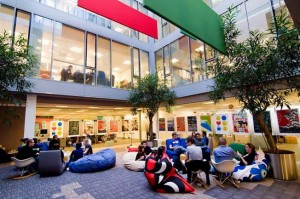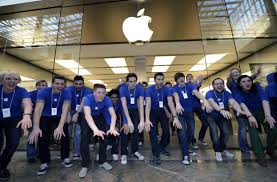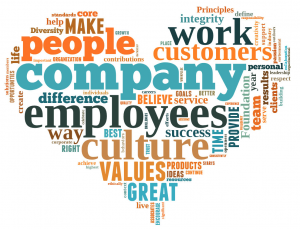A great post on PocketGamer.biz from Keith Andrew talking about the new CEO of smartphone studio Kwalee – David Darling – and his recent blog. David founded Codemasters so he knows a fair bit about games and games consoles and what games’ players want and what they like.

Darling rightly states that the industry is transitioning from boxed to digital games and it’s not just games that are transitioning but all types of content – see my previous blog post on this very topic, “How digital are you?“.

Here’s my big statement – games consoles have a limited lifespan. They’ve served a great purpose and given millions top quality interactive entertainment in the living room and most of us have grown up with them. I remember well the Atari 2600 my mum and dad got us when we were 10 and but we then moved to pc’s like the Apple 2 fake (yes fake – we grew up in Hong Kong) and all the delights they brought with them. Then the BBC Micro at school and IBM style pc’s at home!

A quick detour via the Nintendo Gameboy – the original (that must have been the original mobile gaming computer, with more than one game and great controls).
Then more consoles – Sony’s PlayStation 1, Microsoft’s Xbox, Nintendo’s Wii, Sony’s PS3 and Microsoft’s Xbox 360 – our current console. Yes we missed the SNES and others but pc’s were the gaming platform of choice for me at home then.
Console games – and pc games – have always been a bit pricey though and as David points out that’s one of the problems. They typically cost £40 or more. Compare that to the £0.69 game on a phone – that’s a huge difference and it’s such a difference that it changes how you view the value of games. Don’t get me wrong, I’m not undervaluing games – not at all. I know what goes into making them and particularly making the best ones. It’s just the pricing and models – we need to rethink these.

Now with the AppleTV and the ability to stream games from my iPhone directly to my HD TV in the living room, why do I need a console? Yes consoles now act as media centres and you can watch movies, play music and mess about with social media but I can do all that on my phone and my phone is always with me. And yes everybody has a phone.
That’s the fundamental difference – everyone has a mobile phone and everyone now has access to great, and good priced games. You don’t need a separate games console any more. Some maybe yes – e.g. the more hardcore gamers – but the vast majority no.
Unless of course they come up with some new killer feature that only the consoles have. Like gesture control with Microsoft’s Kinect or the Wii before that.
With mobiles the whole experience buying the game is much much easier, the different app stores we use already and know how they work and don’t have to go anywhere to buy the games! We can also read reviews our friends and peer groups have written for the games, giving critical feedback to the games developers to improve the games. And new levels, new characters, bug fixes and more can easily be pushed out via updates.

Tablets add another dimension to this but for me they’re still mobile devices just different ones. They use the same basic technology as phones (operating systems).
Another great dimension mobile games add is the ability to play a game whilst out and about – e.g. on a train journey – and then continue it on the big screen when you get home from exactly where you left off. This is the concept of content anytime, anywhere and anyhow again and it’s coming. Back in my Sony days, part of the digital services roadmap I put together was all about this. It makes so much sense and it’s what consumers want.
Apple are making great strides in this space – they don’t need a separate console. They’ve got iOS on the iPhone and iPad and then the AppleTV and the actual Apple TV (note the space there) – when it’s released.
Add GPS location tracking, multi-player, game centres where your ranks and scores are stored, cameras (and video cameras), AR (augment reality) plus more mobile innovations and this gets very very exciting.
The future is not about consoles, it’s about mobile.











































